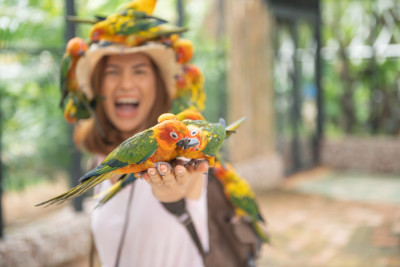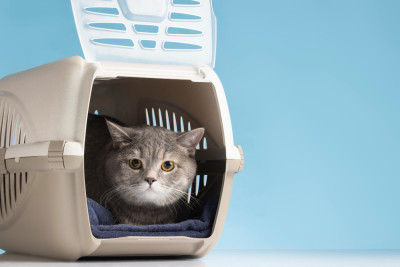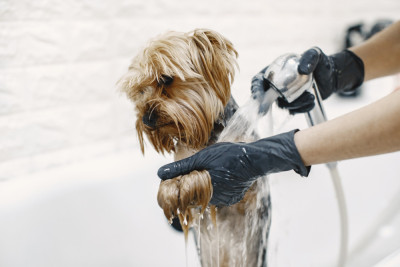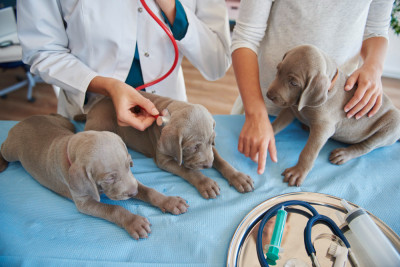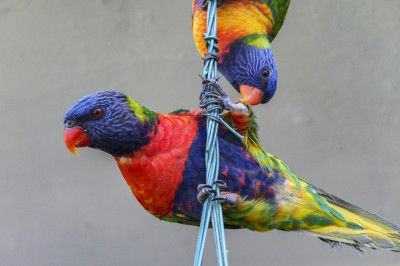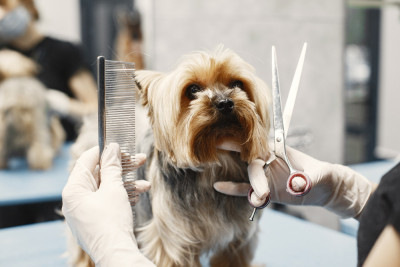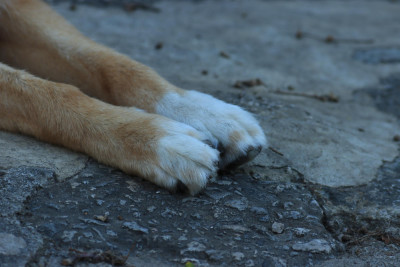1. Pre-Trip Preparation
Before embarking on your journey, thorough preparation is essential:
-
Vet Check: Schedule a pre-travel check-up with your avian veterinarian to ensure your bird is in good health and up-to-date on vaccinations.
-
Identification: Ensure your bird has proper identification, such as a microchip and leg band, in case of accidental escape or separation during travel.
-
Travel Carrier: Invest in a secure, well-ventilated travel carrier that is appropriate for your bird's size and species. Familiarize your bird with the carrier well in advance of the trip.
-
Emergency Kit: Pack a travel-specific emergency kit, including first-aid supplies, bird-safe disinfectant, and contact information for local avian veterinarians along your route.
2. The Travel Carrier
Choosing the right travel carrier is crucial for your bird's safety and comfort:
-
Size: Select a carrier that provides ample space for your bird to stand, turn around, and stretch its wings. It should also have secure latches to prevent escapes.
-
Ventilation: Ensure the carrier has proper ventilation to allow for fresh air circulation. Avoid carriers made of materials that could trap heat or moisture.
-
Perches and Comfort Items: Include perches, familiar toys, and a comfortable lining (e.g., a towel or perch covers) to minimize stress during the journey.
3. In-Car Safety
When traveling by car, prioritize your bird's safety:
-
Secure Placement: Place the carrier in a secure and stable location, such as the backseat, and secure it with a seatbelt to prevent movement.
-
Avoid Direct Sunlight: Ensure the carrier is not exposed to direct sunlight or drafts. Use sunshades or blankets to regulate temperature and block out excess light.
-
Temperature Control: Maintain a comfortable temperature in the car by using air conditioning or heating as needed, depending on the weather.
4. Air Travel Considerations
If you plan to travel by air with your bird:
-
Check Airline Regulations: Verify the airline's specific regulations and requirements for traveling with a pet bird, including carrier dimensions, health certificates, and documentation.
-
Cabin vs. Cargo: Whenever possible, opt for in-cabin travel with your bird rather than placing them in cargo. In-cabin travel allows you to keep your bird closer and monitor their well-being.
-
Prepare for Security Checks: Be prepared for additional security screening at the airport. Familiarize yourself with the Transportation Security Administration (TSA) guidelines for traveling with pets.
5. Accommodations and Rest Stops
Plan your accommodations and rest stops carefully:
-
Pet-Friendly Accommodations: Ensure that your chosen accommodations are bird-friendly and allow pets. Notify them in advance that you will be traveling with a bird.
-
Rest Stops: Plan for regular rest stops during long journeys to offer your bird water, food, and a chance to stretch their wings in a safe and enclosed space.
6. Stress Management
Traveling can be stressful for birds, so take steps to minimize stress:
-
Familiar Items: Bring along familiar items like toys, perches, and favorite foods to provide comfort and a sense of security.
-
Quiet Environment: Keep noise levels to a minimum in the travel area to reduce stress.
7. Hydration and Nutrition
Offer your bird water and food at appropriate intervals during the trip. Use a spill-proof dish and ensure the food and water are secure to prevent spillage.
8. Monitoring and Vigilance
Stay attentive to your bird's behavior and well-being throughout the journey. Look for signs of stress or discomfort, and be ready to adjust conditions as needed.
Conclusion
Safe travels with your pet bird require careful planning, preparation, and vigilance. Prioritizing your bird's comfort, safety, and well-being ensures a positive travel experience for both you and your feathered companion. By following these essential tips and consulting your avian veterinarian for specific advice, you can embark on memorable adventures together while keeping your bird secure and content.

